Cystocele Repair (Bladder Repair)
A cystocele is when the bladder falls down and often becomes visible. Urinary leakage often accompanies a cystocele. Cystoceles may cause pelvic pressure or just be unsightly. Cystocele repair (also called Anterior Repair or Anterior Colporrhaphy is the surgical reduction of the bulge to place the bladder back into its normal anatomic location. The traditional repair of plicating or overlapping tissues with suture unfortunately has a very high failure rate ranging from 25 to 60 percent. It is certainly one of the most challenging surgeries gynecologists and urogynecologists perform. More modern surgery treats cystoceles as a hernia of the bladder into the vagina, hence, the use of mesh or donor tissues as a patch or graft has been gaining steady acceptance. We have some of the most extensive experience in this type of surgery in the United States with success rates of about 90% in our hands. Cystocele Repair is done in the surgery center or operating room under general, regional, or local anesthesia. The procedure takes 60 minutes to perform. Most insurance companies cover this procedure.
CASE STUDY #1 with Cystocele Photos
Patient History:
Pleasant lady in her early forties who had her fourth baby five months ago now complains of daily pelvic pressure and fullness for the past two months. She can feel and see two bulges coming out of her vagina and can feel a hard structure inside the vagina just past the bulges. Bowel movements are very difficult and a constant feeling of constipation occurs even with the daily use of stool softeners and a high fiber diet. Stools feel “trapped” in the vagina and even the hardest pushing sometimes does not complete the evacuation of stool. However, pushing on the lower bulge helps get the stools out.
 Before Pushing |
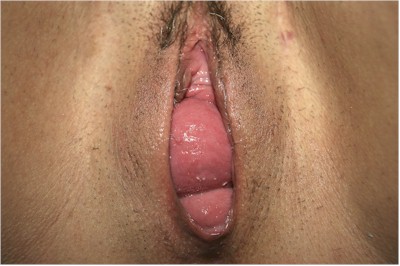 Pushing |
 Pushing |
 Pushing |
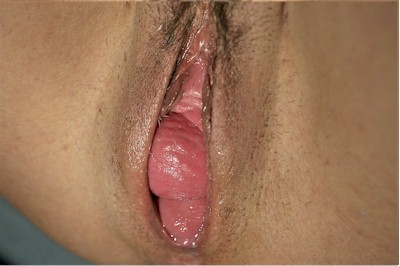 Moderate Rectocele Below the Cystocele |
 Moderate Rectocele Below the Cystocele |
 Before Pushing |
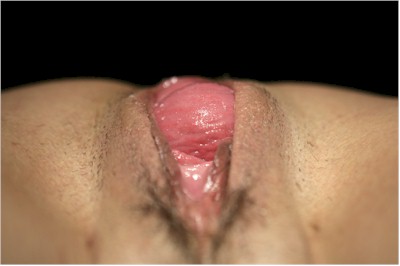 Pushing |
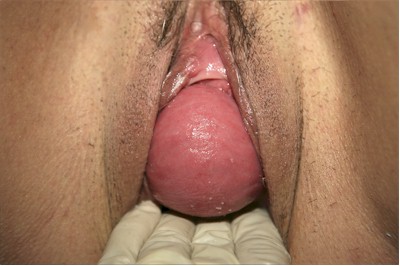 Severe Cystocele |
 Standing Front |
Diagnosis: Severe Cystocele, Moderate to Severe Rectocele, Moderate Enterocele, Moderate Uterovaginal Vault Prolapse.
Recommendations: Repair the prolapsed bladder/rectum/small bowel and suspend the uterus and place a prophylactic transobturator sling to prevent leakage of urine. Use of an ultra-thin lightweight mesh was recommended for an enduring repair to last a lifetime. Elective vaginal tightening surgery also offered.
CASE STUDY #2 with Cystocele Photos
Patient History:
Patient in her 70s who comes in complaining of vaginal bulges, pelvic pressure, constant feeling of constipation. She had a prior hysterectomy over 30 years ago. When standing up multiple bulges would come out of her vagina. Kegels exercises did not help her symptoms. She underwent a bladder and rectal repair with suspension of her prolapsing vagina. Her symptoms resolved and she was able to resume a normal life with normalcy of her intimate relations with her husband.
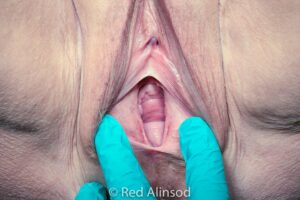 Cystocele – before |
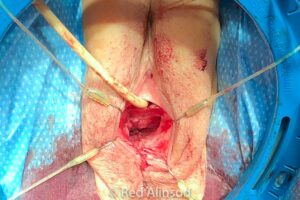 Completing-surgery-with-elimination-of-the-bulges |
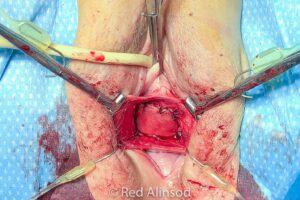 Dermal-patch-over-the-bladder-during-surgery |
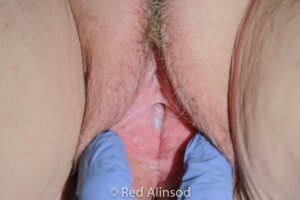 Cystocele – after |
Cystocele and Rectocele
Another Example of What Vaginal Bulges Can Be
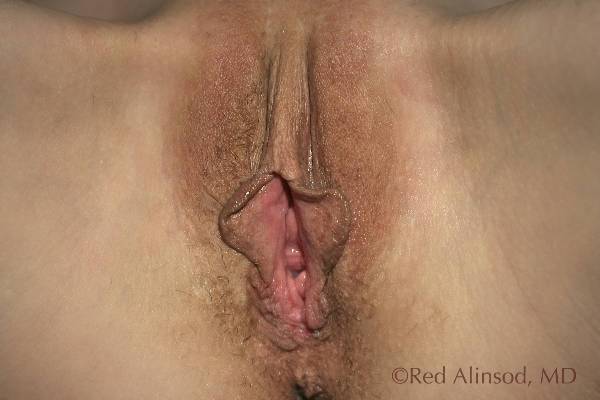 Front View No Pushing |
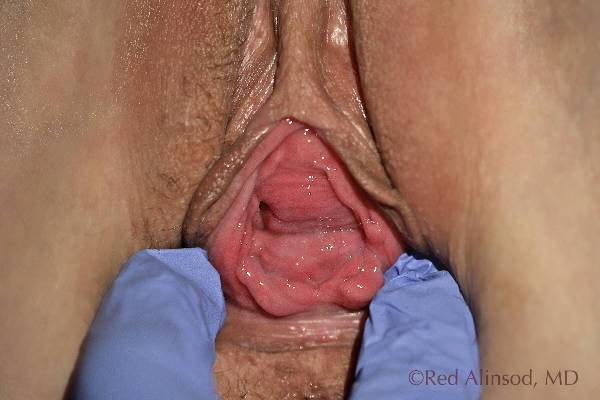 Pushing Rectocele / Cystocele |
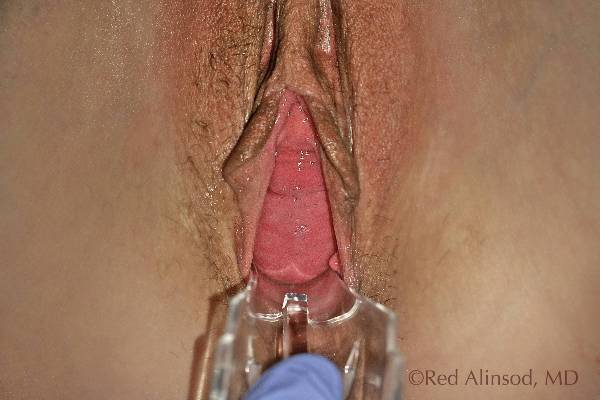 Front View Pushing Cystocele |
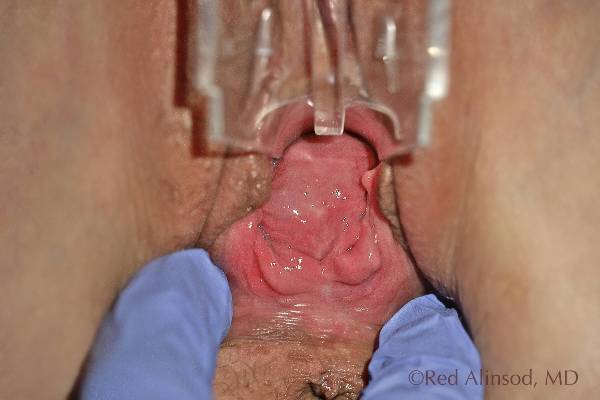 Front View Pushing Rectocele |